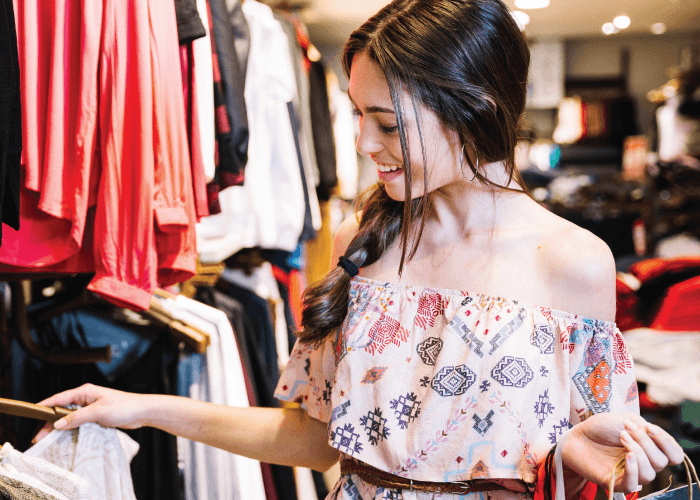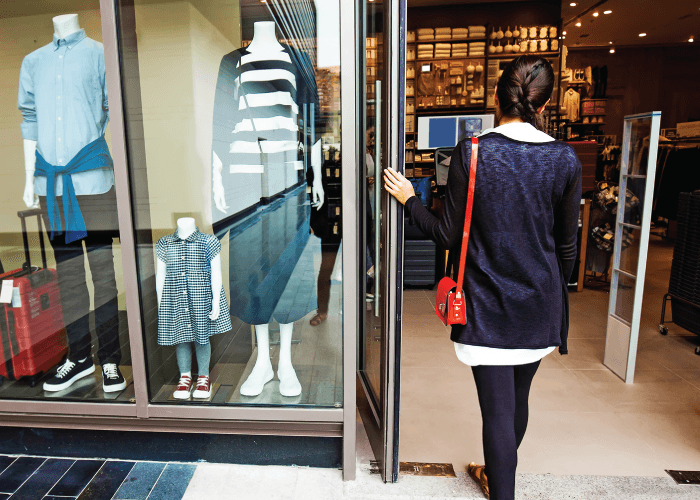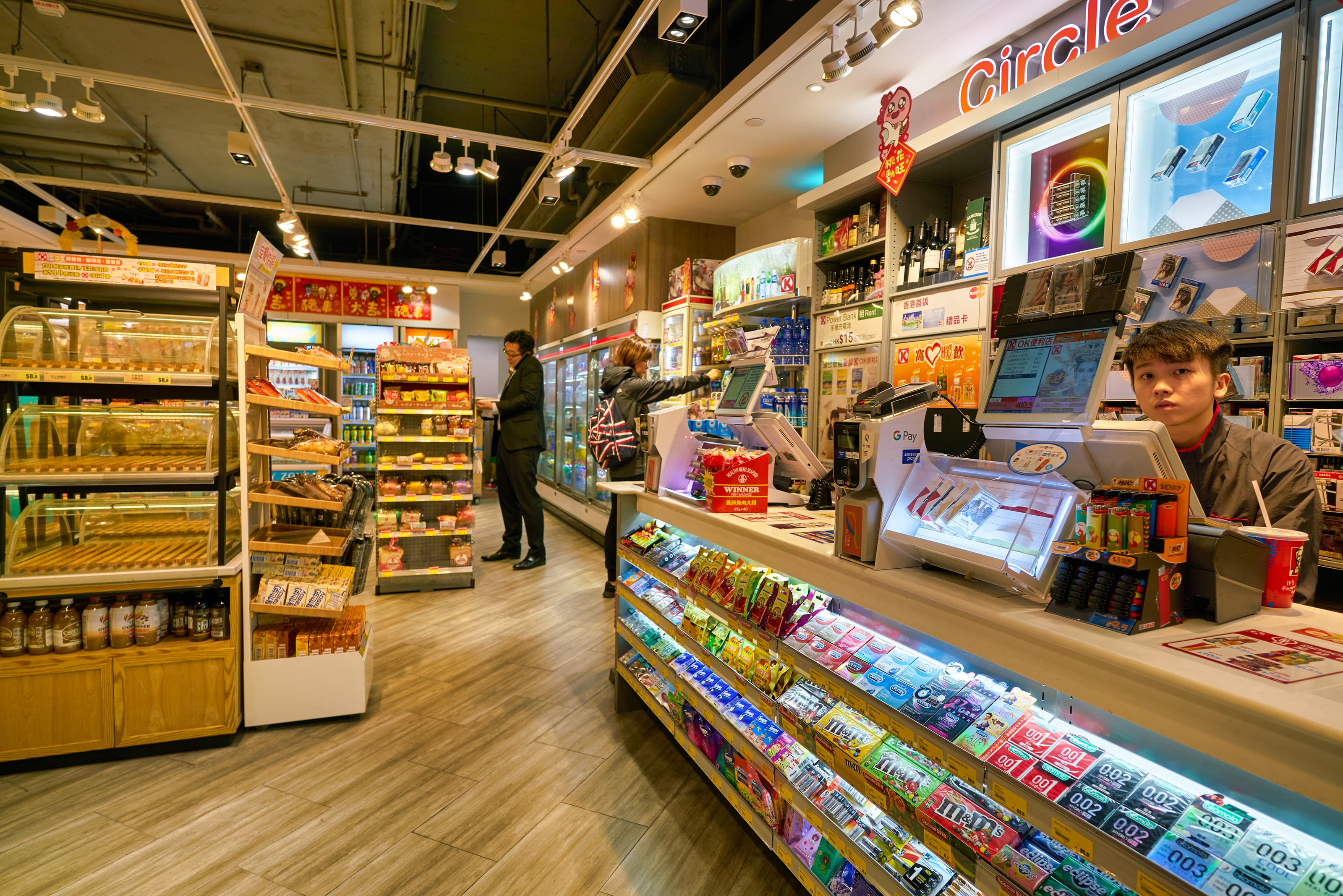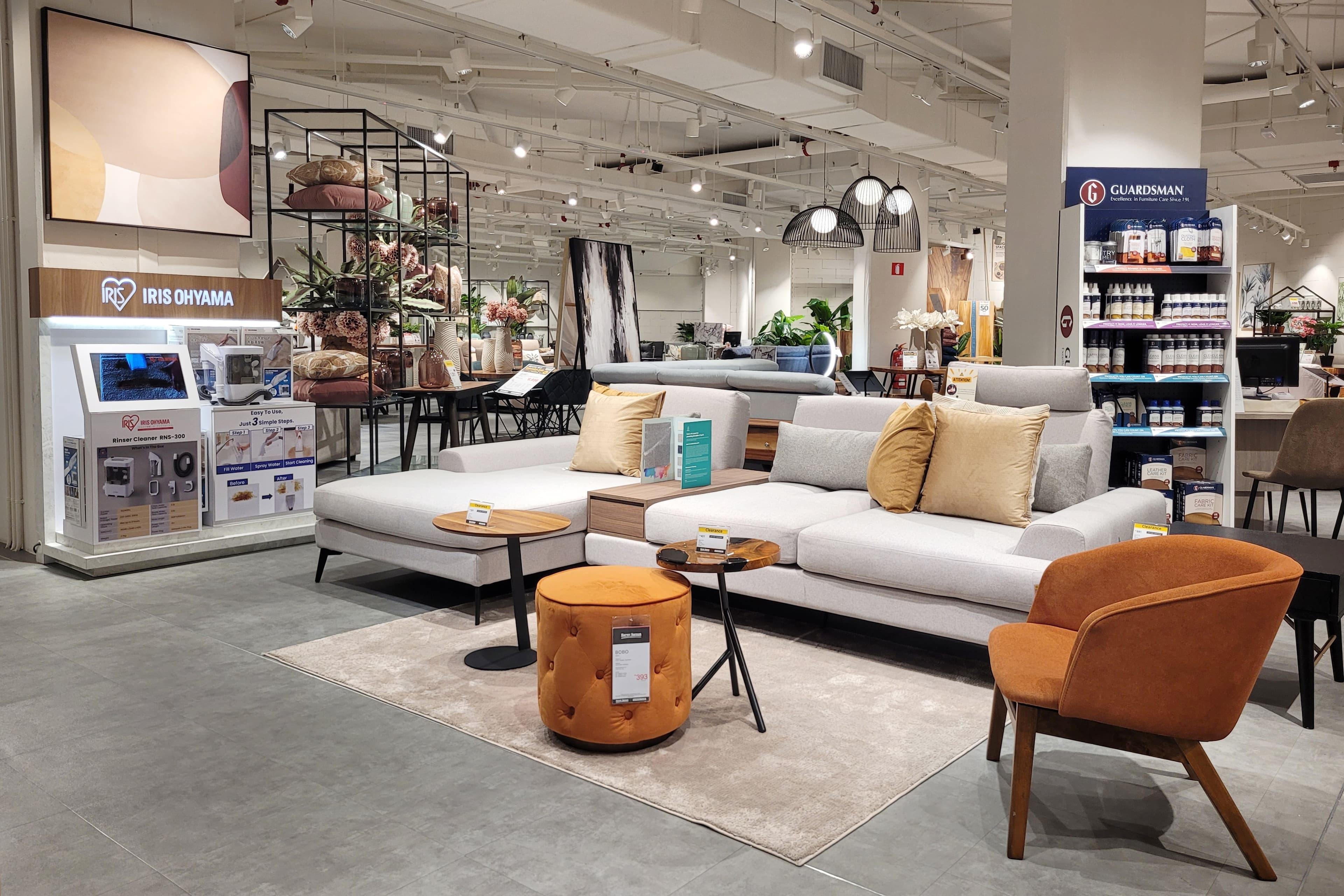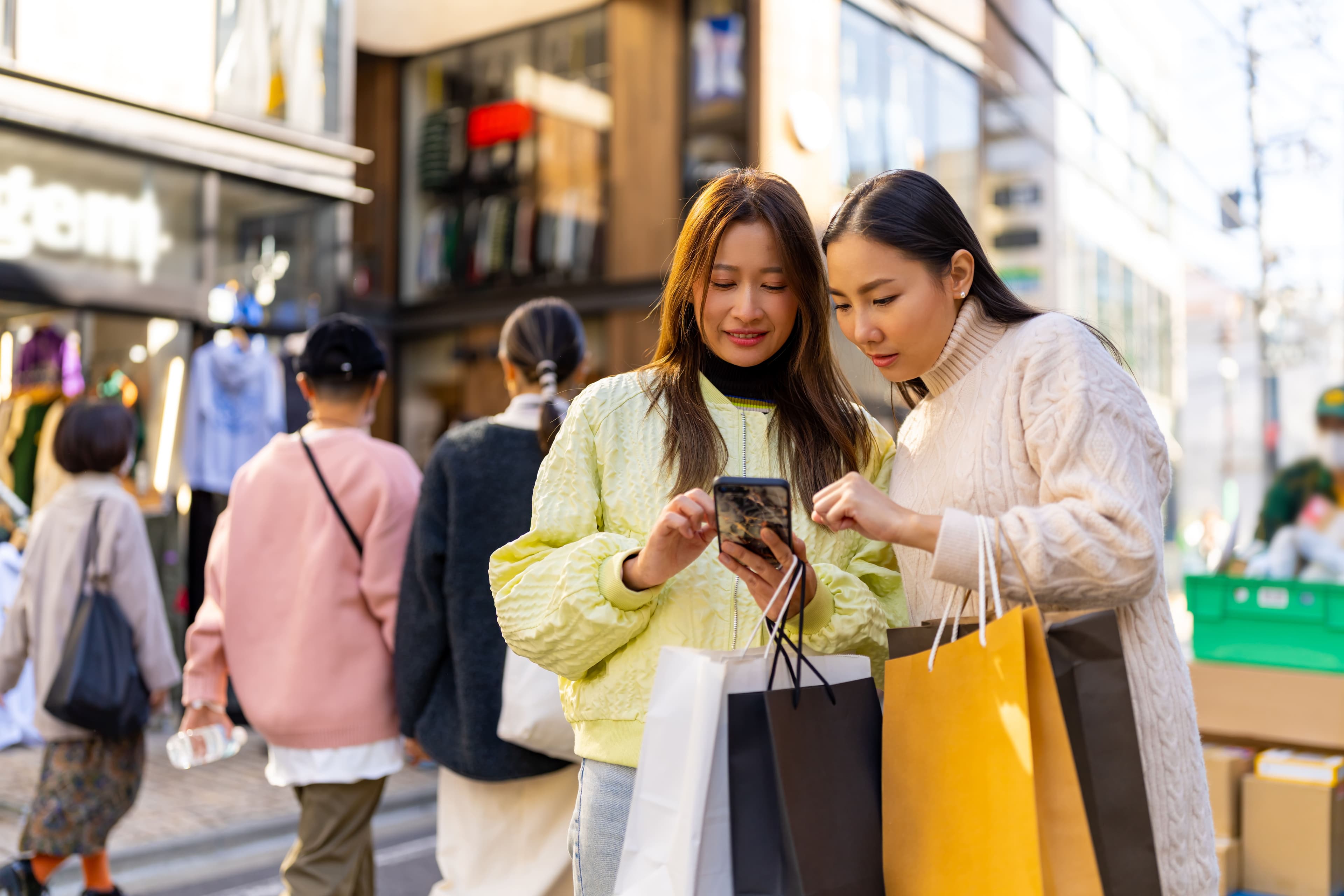Why Physical Retail Matters More Than Ever
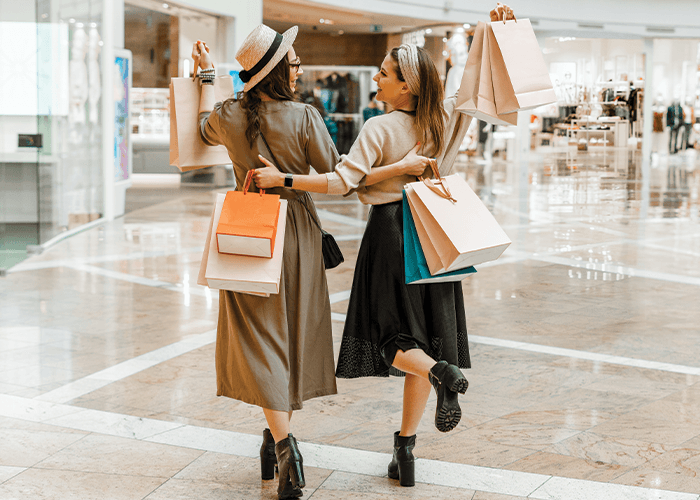
On this page
We have to face facts - ecommerce isn't going anywhere. More and more people are choosing to shop online and this has prompted some speculation about where this leaves physical retail. News of major chains such as Macy's shuttering hundreds of stores, and BHS in the UK collapsing completely, could paint a depressing picture.
And yet if physical retail is really in trouble then why is ecommerce giant Amazon working on opening its second brick-and-mortar store? Why have other previously online-only brands such as Birchbox and Warby Parker also made the jump to offline?
While ecommerce is hard to beat for those shoppers who know exactly what they want and want it at the best possible price, physical stores still occupy an important position in the shopping mix, not least in terms of overall transactions. But why?
Stores increase visibility
It's very easy for anyone to start a new website, but it's a lot more of a challenge to launch a fully-fledged physical store. Even with the trend for pop-ups, there are still far fewer brands with a physical presence than those in the competitive online space. As such, a store is a great way to break through the noise, get your brand in front of customers and keep it there.
Smart brands are increasingly viewing their physical stores as a way to market to and engage with customers. A billboard might give you short-term visibility, but a physical store offers the same while also having the advantage of being interactive, appealing to all five senses, and generating revenue. There is no greater advert than being able to touch, smell and see the product that someone is considering purchasing.
This visibility carries over to your ecommerce business as well. The more familiar a customer is with your brand the more likely they are to keep you top of mind and choose to shop with you online as well. Many of the top ecommerce brands also have a high street presence thanks to the way the two complement each other. A physical store can be viewed as an indication of reputability, giving customers a sense of security, whether shopping in the store itself or via the website.
Stores offer an experience that can't be replicated
As Pamela Wilson of Big Brand Experience points out, "The world's most recognisable brands offer a feeling and an experience." Although virtual reality and augmented reality are making great strides, so far nothing can compare to the real life experience of shopping in a store.
The best stores create a brand experience that is completely unique and unforgettable for the customer. These are spaces that customers want to spend time in, that they look forward to visiting and know will always have something new for them to discover. For some companies like Samsung, this has meant opening stores that are purely there to showcase products and technologies, but not to sell.
It makes sense when you think about online and offline as complementary, rather than competing, parts of a brand's relationship with a customer. If the online experience is the best that it can be in terms of finding and ordering items a customer wants to buy, then the offline store can fulfill other roles. It no longer has to conform to old stereotypes of designs, which means that the whole space can be used to deliver the best possible experience to the customer.
This can mean anything from simply rethinking the layout to adding in other immersive elements, such as an in-store coffee shop, library or salon. Again these types of spaces encourage customers to visit and can also help nurture brand communities where customers come together through a shared passion. For a fitness brand this might be an in-store class, for a coffee company it could be a demonstration, or for a book store an author visit.
These types of events can help turn customers into fans, which means they're far more passionate and engaged with the brand, and in turn more loyal.
Stores know how to sell
Physical stores still make a lot of sales. But they don't just make the type of sales that you might also get online. For one, offline retail is a great source of discovery for customers. If you know what you want to buy then online shopping can be easy, but if you're in need of guidance or inspiration, browsing can become a never-ending process. Customers are also less likely to search for a new or niche product as they don't know that they want it yet!
In comparison, physical stores are a great way to introduce customers to new offerings or ideas, which can encourage them to buy more. Much like when you're in the supermarket shopping and you end up buying extra items because you've suddenly come across them or they're new prominently displayed products.
Another type of sale that physical stores are ideally placed for are those more expensive, less frequent purchases like a new TV. With these types of items, customers want to spend more time making sure they have made the right choice. They may want to touch the item or to ask questions of someone knowledgeable about different specs to help make that decision.
Plus, even online sales can be boosted through offline stores by offering another delivery option. Delivery is a major turnoff for many customers due to the costs, time or choices involved. Click and collect services can help give customers a more convenient option for getting hold of their purchases and therefore prevent orders being abandoned.
Stores matter more than ever
In short, no other communication or sales channel can come close to the physical store. Not only do they make sales, they also help differentiate brands, bring them to life in new ways, offer the ultimate brand experience, increase visibility and support other sales channels as part of an omnichannel system.
Most of all though physical spaces cultivate direct, meaningful and full relationships with customers, and those have never been more important to retailers.
About the writer: Cate Trotter is Head of Trends at Insider Trends, a London-based retail trend consultancy that helps global brands create world-leading and profitable retail spaces. It delivers retail safaris in London, New York and Berlin, as well as trend presentations and workshops that help clients identify what's next and how they can get ahead of their competitors.
Cate regularly presents to groups of 4-400 people, including brands such as Unilever, Chanel, Absolut Vodka, Marks and Spencer, Philips, B&Q, DeLonghi and Lego. She specializes in navigating complicated subjects and boiling them down into a handful of powerful takeaways.
Join the #retail, #inspiringretail & #SmartStore conversations on Twitter @RetailNext, as well as at www.facebook.com/retailnext.
About the author:

Cate Trotter, Insider Trends
